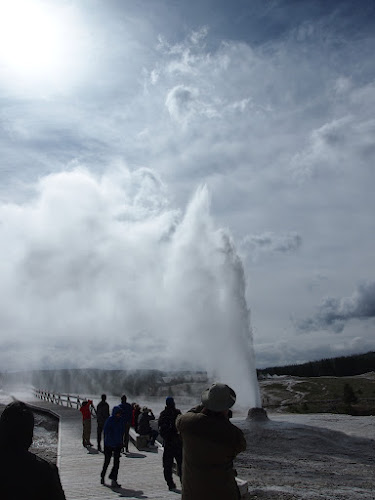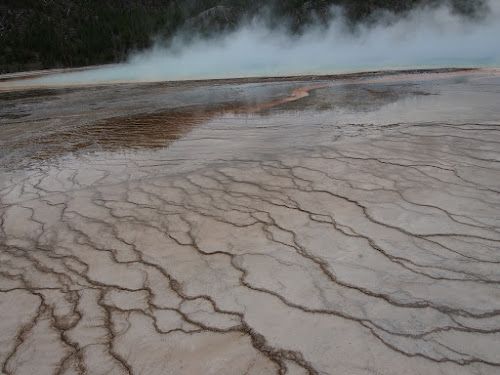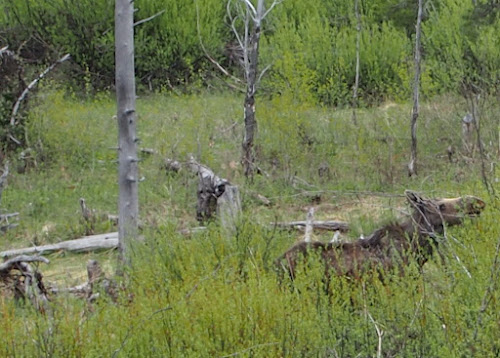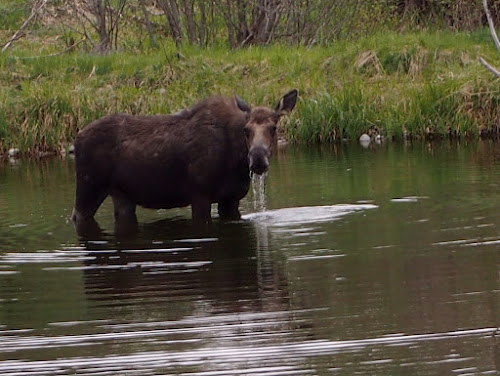Calling it Bear Lodge, as Native Americans would prefer, casts a different light on Devil’s Tower. It strips away that vaguely sinister edge and leaves the awe, the reason it is a sacred place where prayer packets are still left and the centerpiece of many Native American stories, such as the creation of the stars and the heavens and the big dipper constellation. Another sacred place is Wind Cave, the site of a creation story because of the wind that whistles out of a small opening to an enormous cave system only explored by European Americans (after blasting open a much larger entry) and that features 95% of the “box work” geological feature known in the world. Finally, we experienced the haunting spire forms along the Needles Highway as we made our way to Hill City, South Dakota.














































